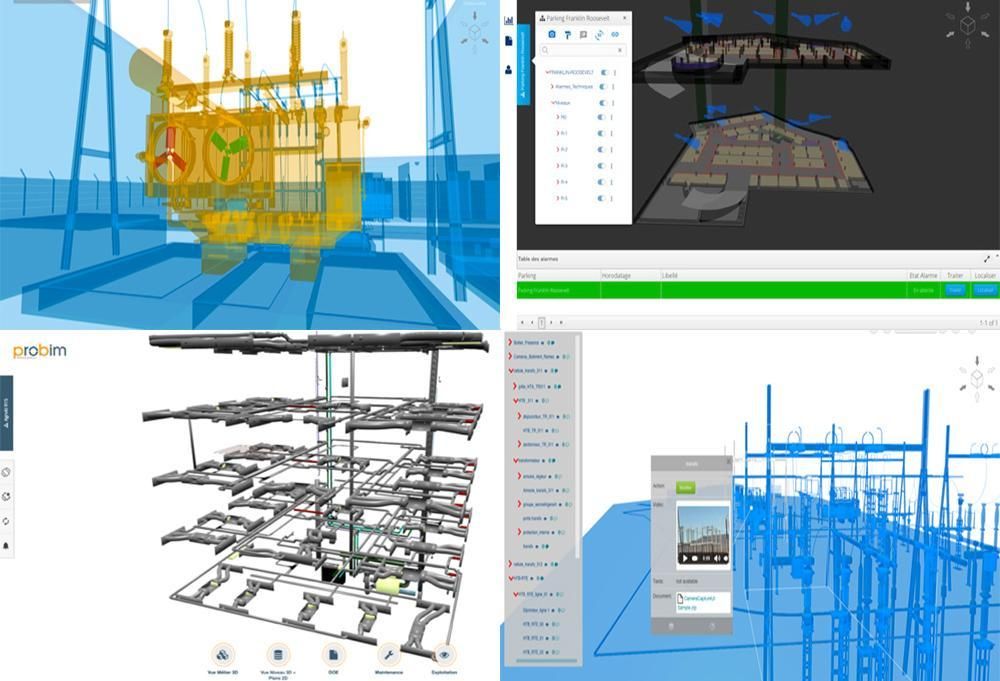
STEREOGRAPH’S LATEST INNOVATION COULD CHANGE BUILDING INFORMATION MODELING
Virtual reality and 3D technology is nothing new for commercial real estate, but one tech company based in France is trying to revolutionize the way people interact with a building before and after construction.
Stereograph, based in Lille, France, brought its 3D visualization technology to Silicon Valley a few years ago, working with several area developers and architects over the last few years to create 3D visualizations of upcoming commercial projects. It also builds basic game applications where anyone can download the application to any device and virtually tour a property, according to Stereograph country manager – USA Thibault Thomas.
Stereograph has struck partnerships with The Sobrato Organization, Sares Regis, Sand Hill Property and WF Batton to create 3D visualizations of forthcoming properties and recently created an application for Steelwave’s office complex in San Jose.
The tech company also has worked with architects, such as HOK and Skidmore Owings & Merrill. Stereograph plans to expand into other parts of the country and Thomas said he’s been in talks with firms in the Northeast, Washington and Florida.
Stereograph’s latest move into software seeks to solve a problem brewing among architects, contractors and others during the development process involving the storage and use of data. With the popularity of building information modeling, more firms are uploading different forms of data to aggregate information into a 3D model. Having all this information in one place greatly helps design and construction teams.
“During the design phase, everyone can communicate better and have accurate plans. Construction costs are reduced since [contractors] are making [fewer] mistakes,” Thomas said.
But once construction is over, Thomas said this huge file of data is often forgotten. Stereograph created software that puts the already accumulated information to good use.
“Data on its own stays data,” Thomas said. “Data with context becomes information.”
Stereograph’s software merges building plans with real-time information from sensors and security feeds. This means a property manager could access and monitor multiple sites without having to travel to each of those assets. The software allows a property manager to turn off lights, adjust the HVAC system or monitor any other building system remotely.
“You can isolate different systems and select any object,” Thomas said. “You can see every single object down to every screw.”
He said the software can help manage neighborhoods or campuses as well. Already available in France, the software is expected to launch in the U.S. later this year.
While BIM is helpful to the industry, it often requires expensive software and training for architects, Thomas said. A lot of small firms do not want to use this software because it is a big investment and construction firms are the ones who make money off it.
“The market is not even ready to move toward a solution,” Thomas said. “[The industry] needs to solve how architects are involved with the extra work and make clear who pays for it now and how it’s fair for architects.”
He said architecture firms will need to find a way to work within BIM.
Thomas said it can be very costly for a company not to know its real estate assets. So much time is being spent trying to find information about a building that should be readily available.
“If a city manager retires, it’s like an entire data center going offline,” Thomas said.
He said one way the UK is solving the conundrum is requiring BIM for every publicly financed project.
01302017
